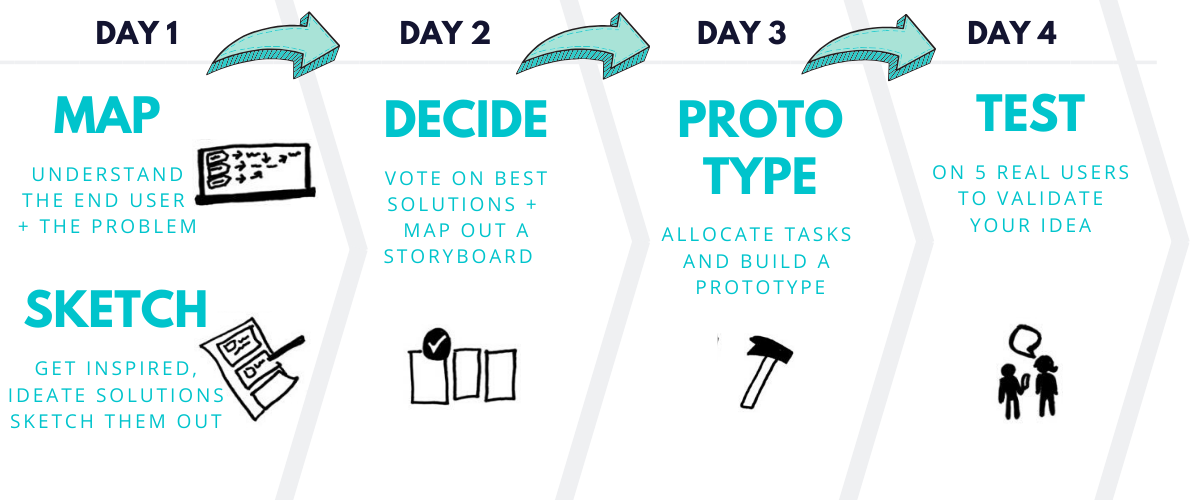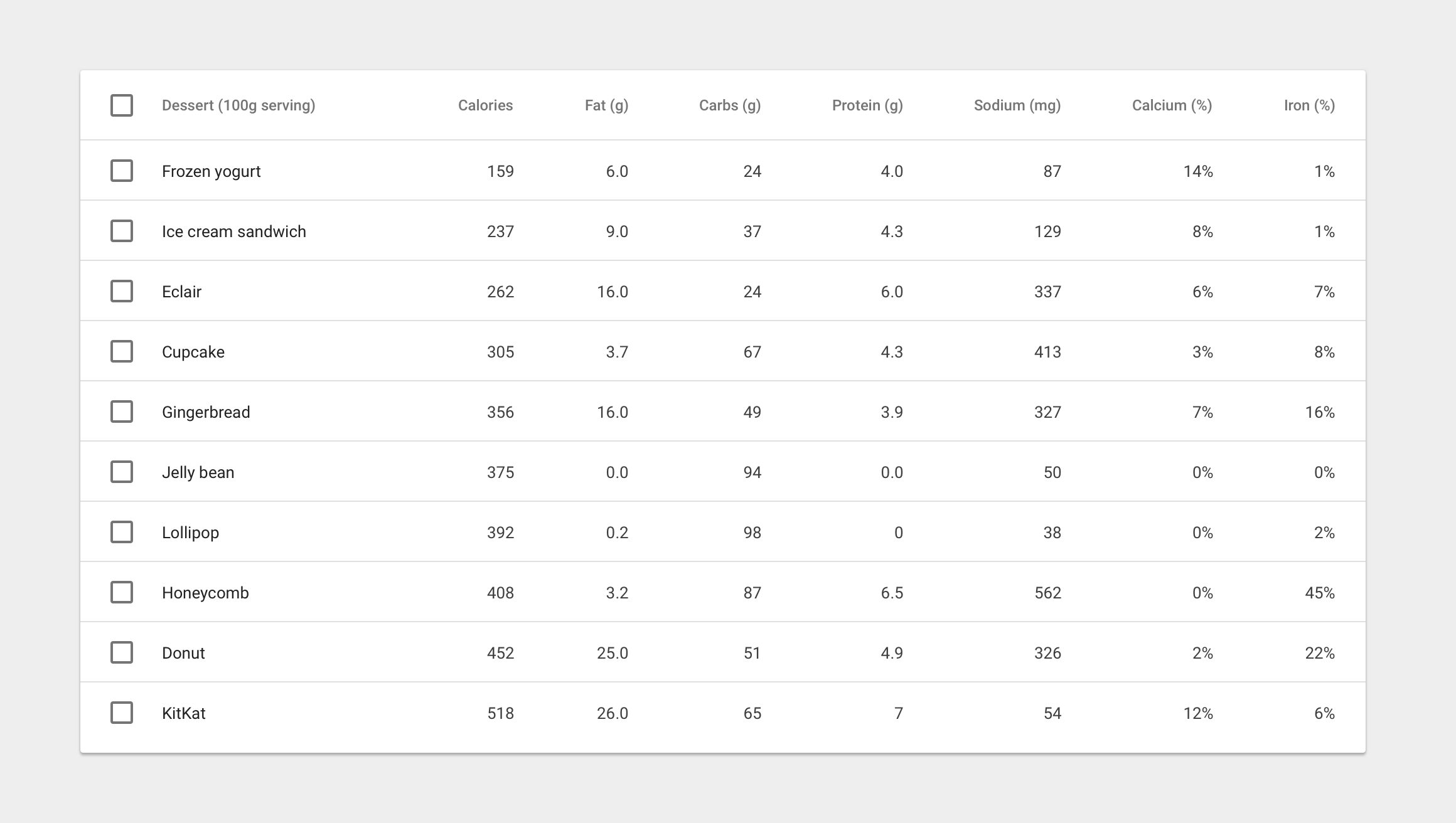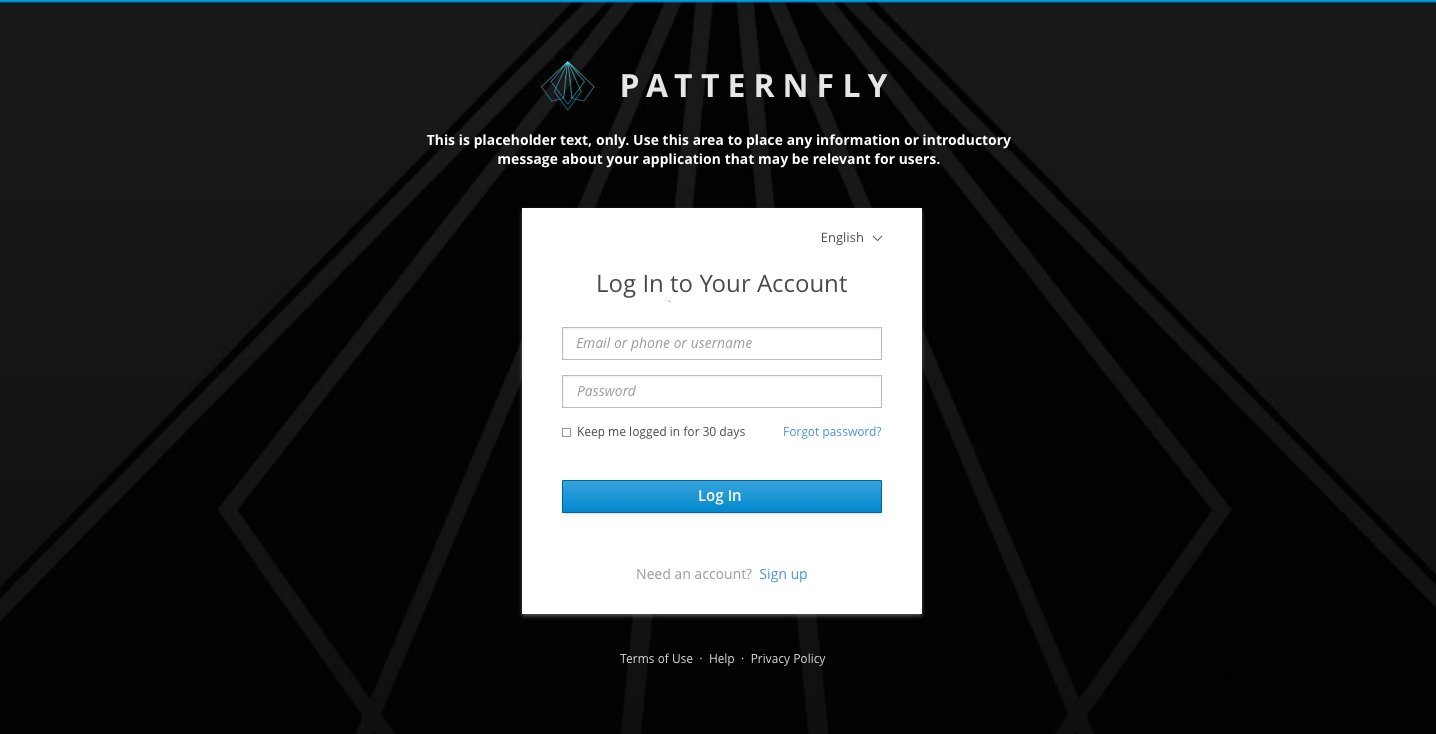
What is web development? What are the key steps? We will briefly explain each element of web development in this article. This article will also include information about network security and database management. We will also discuss the various areas of web-development, including back-end and front-end code, as well as database management. This article also demonstrates the importance in hiring qualified professionals to create websites for business.
Website design
Web development describes the process of web developers creating websites. Web design includes several areas such as User Interface and User Experience, Search Engine Optimization, Visual Design, and Search Engine Optimization. Web development emphasizes usability, whether the website is intended for personal or business use. This includes layout, content and visual aesthetics. The principles of visual hierarchy allow users to quickly navigate a site and find the information they need.
When creating a website, web designers must first research the design and structure of the web. They must understand how a web site functions, and they must be able to change different components to attract users or serve different purposes. Web developers need to be able to evaluate how visitors interact with websites and to identify the most efficient way to use a particular feature. Designers must have the ability to design graphics and logos as well as use a variety of software tools in order to create beautiful websites.

Front-end coding
In web development, front-end developers are responsible for bringing visual designs to life and ensuring that the site works efficiently for users. These professionals have access to a wide range of tools, including Photoshop, Illustrator and Balsmiq Mockups. These tools allow them to validate a user interface before they begin coding. They can also reuse blueprints and elements from other websites using content management systems and libraries. Static images, designs and other elements are also used by front-end developers to ensure websites display well on different screens and are easy for users to navigate.
Two languages are used by front-end developers for functionality: HTML and CSS. HTML is the basis of a website's structure, while CSS provides instructions to web browsers for how to display it. CSS lets you customize text, fonts, or colors. JavaScript can be used as a programming language in either the browser or on the server. This makes it very versatile. The benefits of front-end code are numerous.
Database management
Database management is a common concept in web development. Since the days of Microsoft Access, database management has been around since then. We use databases to store our data offline and online. Therefore, it is essential for any web developer to know the basics of database management. In this article, we will discuss some of the types of databases and how to use them. We will also examine the different types database management systems.
Databases were historically used to store data into relational tables which could be accessed by SQL. The database management system has evolved to meet the changing needs of the information world. In the 1970s relational databases were first developed. These stores data as columns and rows. You can also store data in document databases. These are stored in JSON-like files. This database makes it easier for developers to work with the same format of document models as the application code.

Network security
In the past, the only way to guarantee web application security was to use manual testing. This strategy was effective but web applications and websites are growing rapidly. Attack surfaces are also increasing or becoming more complex. It is not an easy task to manage web application security. In fact, all potential vulnerabilities can be found in the network infrastructure that an organisation uses to access or maintain its web application. The only realistic solution is to eliminate all of these vulnerabilities.
There are many ways to secure your network. However, firewalls are the most common. Firewalls block unwanted traffic while next-generation firewalls are designed to target malware and application-layer attacks. An intrusion prevention system will also help secure your network against attacks. Your firewalls should be configured to block malicious traffic, and prevent unauthorised access. If you're developing a website for a public audience, use a multi-factor authentication system to reduce the chances of malware attacks.
FAQ
What is a static website?
A static website is where all content is stored on a server and accessed by visitors via web browsers.
The term "static" refers to the fact that there are no dynamic features such as changing images, video, animation, etc.
This type of site was originally developed for use in corporate intranets but has since been adopted by individuals and small businesses who want simple websites without the complexity of custom programming.
Static websites are becoming more popular due to their ease of maintenance. Static sites are easier to maintain and update than fully-featured websites with multiple components (such as blogs).
They also load more quickly than dynamic counterparts. They are ideal for mobile users and those with slow Internet connections.
Additionally, static websites are safer than dynamic sites. A static website is impossible to hack. Hackers only have access the data in a database.
There are two main methods to create static websites:
-
Utilizing a Content Management System.
-
How to create a static HTML website
Which one is best for you depends on your needs. A CMS is a good choice if you are new to website creation.
Why? Because it gives you complete control of your website. A CMS eliminates the need for a professional to set up your site. Upload files directly to the CMS.
It is possible to still learn how code can be used to create static websites. However, you will need to put in some time to learn how to program.
Can I build my website using HTML & CSS?
Yes! If you've read this far, you should now know how to create a website.
Now that you know how to create the structure of a website, you'll also need to learn some HTML and CSS coding.
HTML stands for HyperText Markup Language. It's like creating a recipe for a dish. You would list ingredients, directions, etc. HTML also tells a computer what parts of text should be bolded, underlined or italicized. It's the language of documents.
CSS stands for Cascading Style Sheets. This is a stylesheet for recipes. Instead of listing all ingredients and instructions, you simply write down the basic rules for things such as font sizes, colors or spacing.
HTML tells the browser how a page should look; CSS tells it what to do.
Don't worry if you don't know the meaning of either one of these terms. Follow the tutorials below, and you'll soon be making beautiful websites.
How can I make a website for free?
It all depends on the type of website you are trying to build. Do you want to sell online products, start a blog, build a portfolio, or both?
It's possible to make a website that is essential using HTML and CSS. While it's possible to create a simple website using HTML and CSS, most web developers recommend using a WYSIWYG editor such as Dreamweaver or Frontpage.
A freelance developer may be the best choice if you don't have any experience in designing websites. They can help you create a custom website based on your needs.
Freelance developers can charge either an hourly or a flat fee. The amount of work they do within a certain time frame will affect the cost of hiring a freelancer.
Some companies charge between $50 and $100 per hour. Higher rates will be charged for larger projects.
In addition, many freelance websites list available jobs. You could search there first before contacting potential developers directly.
What Should I Include in My Portfolio?
All these items should be part of your portfolio.
-
Some examples of your past work.
-
If possible, links to your site
-
Links to your blog.
-
These are links to social media sites.
-
These links will take you to the online portfolios of designers.
-
Any awards you've received.
-
References.
-
Examples of your work.
-
These links will help you communicate with clients.
-
Links showing you're willing to learn new technologies.
-
These links show that you are flexible.
-
Your personality is displayed in the links
-
Videos showing your skills.
Do I hire a web design firm or do it myself.
If you are looking to save money, don't spend on web design services. If you need high quality results, it may not be worthwhile to hire someone else to build your website.
It is possible to create websites without hiring expensive professionals.
If you're willing, you can learn how you can make a site that is beautiful using free tools like Dreamweaver.
You might also consider outsourcing your project to an experienced freelance web developer who charges by the hour instead of per-project.
What technical skills do I need to design and construct my site?
No. You only need to have a basic understanding of HTML/CSS. You can find tutorials online for HTML and CSS.
Statistics
- The average website user will read about 20% of the text on any given page, so it's crucial to entice them with an appropriate vibe. (websitebuilderexpert.com)
- Studies show that 77% of satisfied customers will recommend your business or service to a friend after having a positive experience. (wix.com)
- Is your web design optimized for mobile? Over 50% of internet users browse websites using a mobile device. (wix.com)
- When choosing your website color scheme, a general rule is to limit yourself to three shades: one primary color (60% of the mix), one secondary color (30%), and one accent color (10%). (wix.com)
- It's estimated that in 2022, over 2.14 billion people will purchase goods and services online. (wix.com)
External Links
How To
How to use WordPress for Web Design
WordPress is a free software program that can be used to create websites and blogs. Easy installation, powerful theme options, and plug-ins are some of the main features. You can customize your website using this website builder. You can choose from hundreds of themes or plugins to make your site unique. You can even add your domain name if you want. All of these tools make it easy to manage your website's appearance and functionality.
WordPress makes it easy to create beautiful sites even if your HTML skills are not required. No matter what level of coding you are at, it's possible to build a professional looking website in a matter of minutes. We will walk you through basic steps to set up WordPress on your computer. We'll explain everything so you can follow along at home.
WordPress.com is currently the most used CMS (Content Management System). It has approximately 25 million worldwide users and counting. There are two different versions of WordPress available; you can either buy a license from them for $29 per month or download the source code and host it for free.
WordPress is often chosen for its blogging platform because of many factors. For one thing, it is very simple to use, and anyone who can write a little bit of HTML can create a great-looking site. Its flexibility is another benefit. WordPress.org offers many themes for free. This means that you can completely customize the look and feel without spending a dime. It's also very customizable. Premium add-ons are available from many developers that allow you automatically to update posts when someone comments, or integrate social networking sharing into your site.